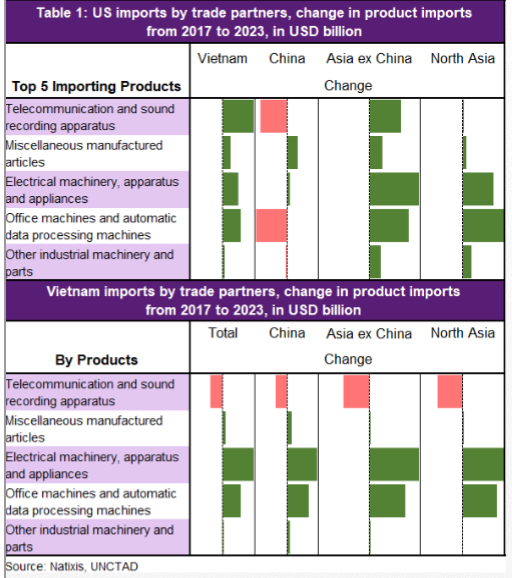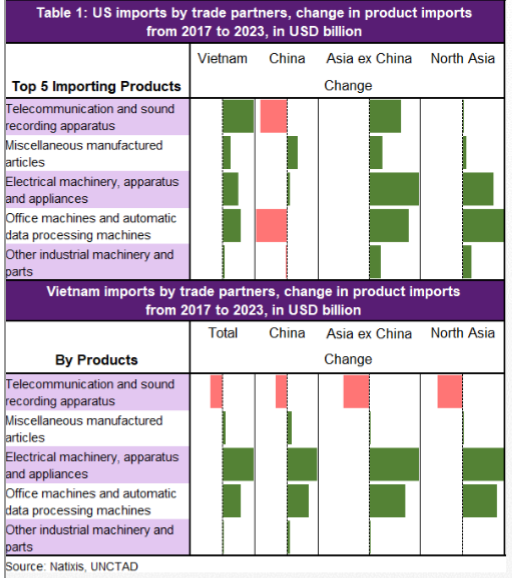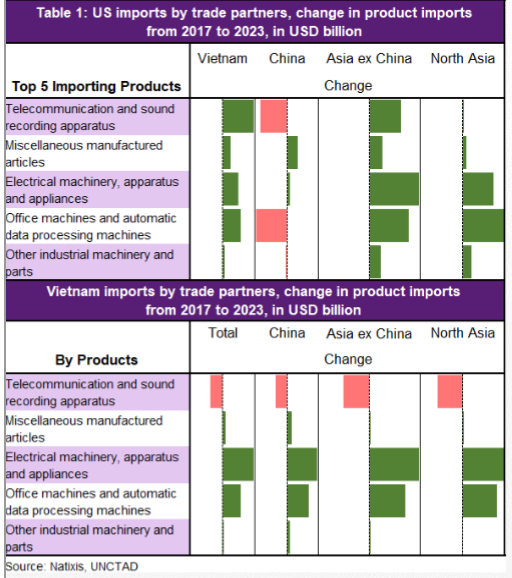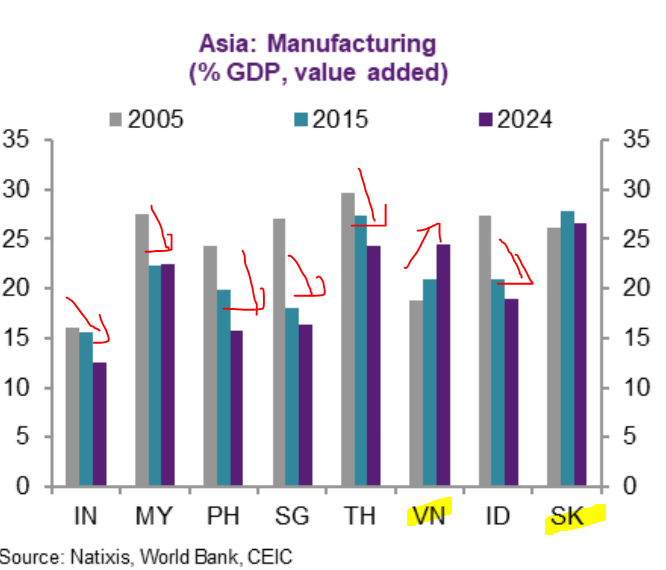Taiwanese firms have relocated home thanks to carrots (tax cuts + support) & so Taiwan growth has been rather good in recent years.
The question is why US firms haven't done the same even w/ tax cuts (remember the massive corporate tax cut?) + sticks (tariffs on Chinese goods)?
The question is why US firms haven't done the same even w/ tax cuts (remember the massive corporate tax cut?) + sticks (tariffs on Chinese goods)?

But perhaps you can see the US-China trade-war clearer by looking at FDI inflows into China. Here is the aggregate & there is no break-down of services vs manufacturing.
Clear here is that aggregate FDI goes lower over the years. The decomposition of it will show the following.
Clear here is that aggregate FDI goes lower over the years. The decomposition of it will show the following.

FDI into China shows an increase of investment in services while manufacturing declines.
Aggregate investment declines & details show growth in financial services + healthcare + education but manufacturing FALLS.
In line w/ trends of higher investment in Taiwan & elsewhere.
Aggregate investment declines & details show growth in financial services + healthcare + education but manufacturing FALLS.
In line w/ trends of higher investment in Taiwan & elsewhere.

Here is the data from 2006 to 2018 & you can see that manufacturing FDI declined into China so less foreign flows into manufacturing. 

American firms specialize in high-tech, agriculture & services so recent trends in US-China trade & investment show:
*Higher purchases of US agriculture goods
*Higher investment of US service firms into China
Meanwhile, manufacturing FDI other than to serve Chinese markets down
*Higher purchases of US agriculture goods
*Higher investment of US service firms into China
Meanwhile, manufacturing FDI other than to serve Chinese markets down

Money flows are rational & have the following trends:
Increase of funds deployed to areas where China will grow (aging + savings = more demand for financial services = Americans rushing in)
China costs higher via tariffs, demographic + geopolitics, supply chain manu FDI falls.
Increase of funds deployed to areas where China will grow (aging + savings = more demand for financial services = Americans rushing in)
China costs higher via tariffs, demographic + geopolitics, supply chain manu FDI falls.
As in, capital chases return & follows structural trends in China of slower growth, aging, and changing of demand to higher quality goods (Tesla investing to serve Chinese market for example) .
As an arbitrage/supply chain manu story, increasingly less attractive given friction.
As an arbitrage/supply chain manu story, increasingly less attractive given friction.
Btw, to understand the reshuffling story, you have to understand supply chain management.
As in, American firms take inputs from Asians (Taiwanese semiconductor + assembling etc) & then use that to sell to the world consumers.
Whereas Samsung Electrononics differ. See below.

As in, American firms take inputs from Asians (Taiwanese semiconductor + assembling etc) & then use that to sell to the world consumers.
Whereas Samsung Electrononics differ. See below.


Samsung Electronic is more closed vs Americans more open. As in, they take their own inputs (Samsung Electronic chips) & also assemble their own products (many of which are in Vietnam).
Where Americans tend to outsource both inputs & assembling to firms like Taiwanese & Chinese.
Where Americans tend to outsource both inputs & assembling to firms like Taiwanese & Chinese.
So when the supply chain reshuffling occurs in the manufacturing sector that impact American firms, you will see it more in North Asian reshuffling as they are the ones that operate in Asia on behalf of American firms.
Hence more movement of South Korea + Taiwanese + Japanese.
Hence more movement of South Korea + Taiwanese + Japanese.
So just because American firms are not moving home (they weren't ever going to move home as they rely on others to make products), doesn't mean the supply chain isn't being reshuffled.
A lot of North Asian investment rising to the US to serve US markets. Meaning, see in others.
A lot of North Asian investment rising to the US to serve US markets. Meaning, see in others.
• • •
Missing some Tweet in this thread? You can try to
force a refresh









